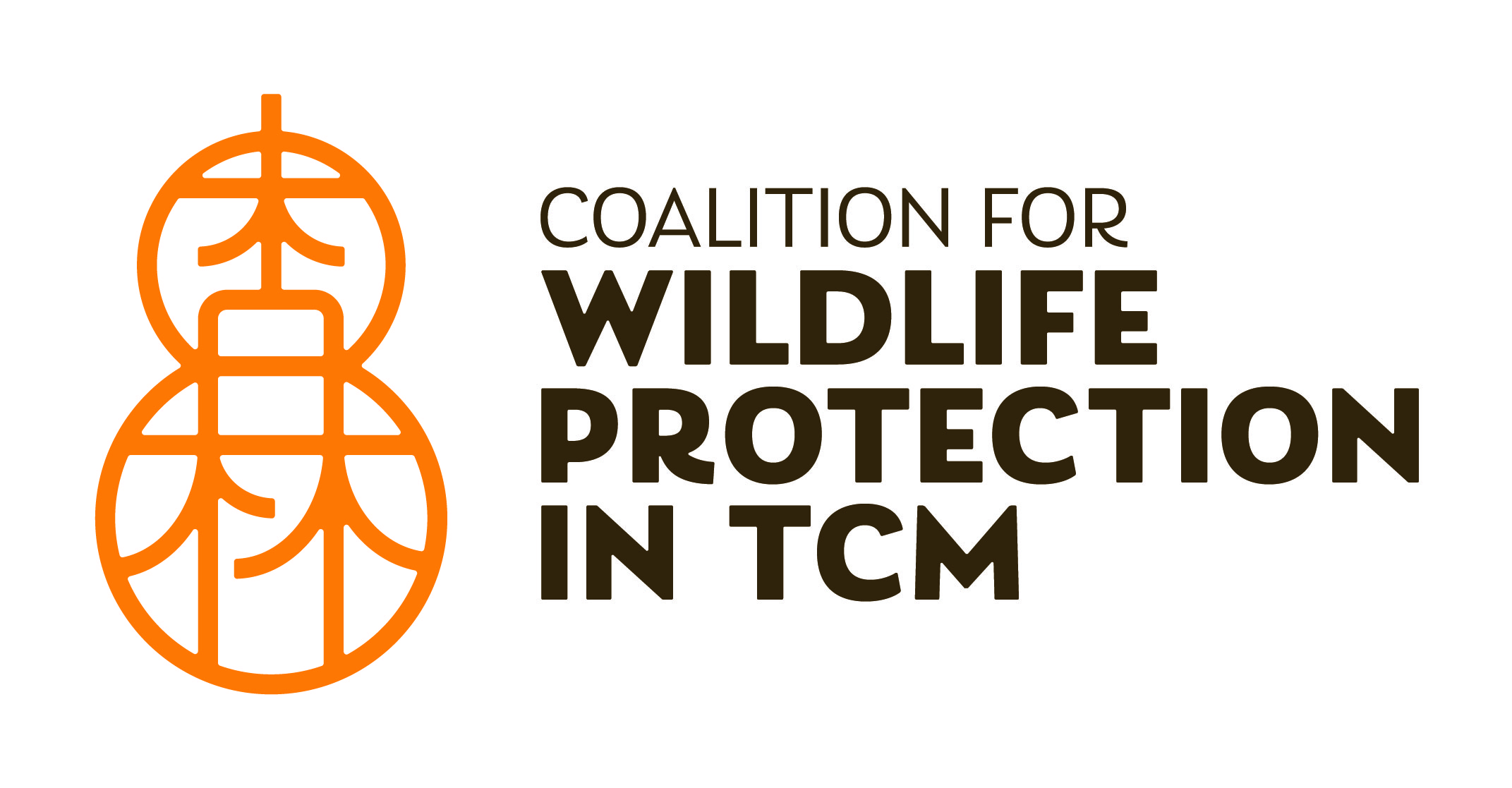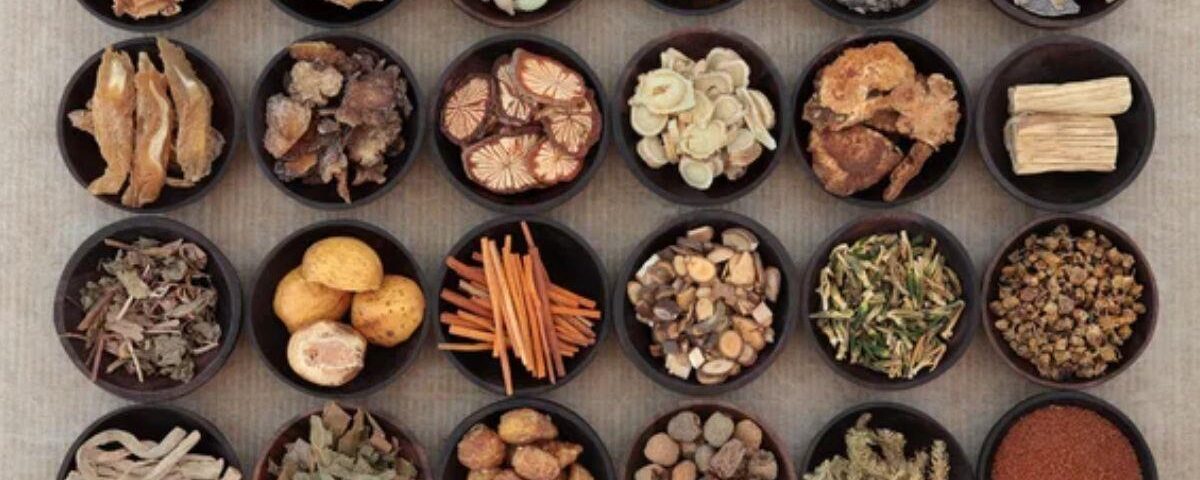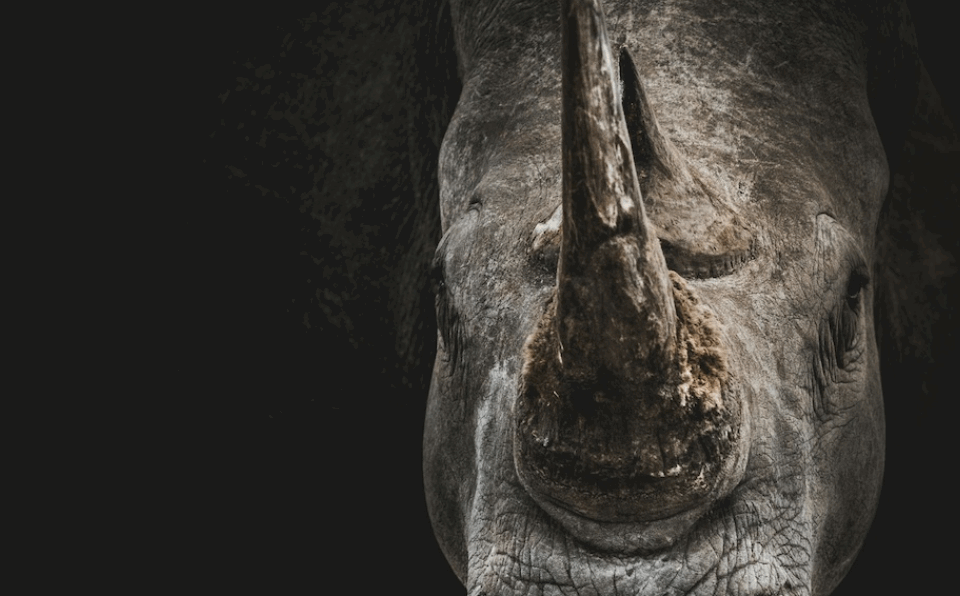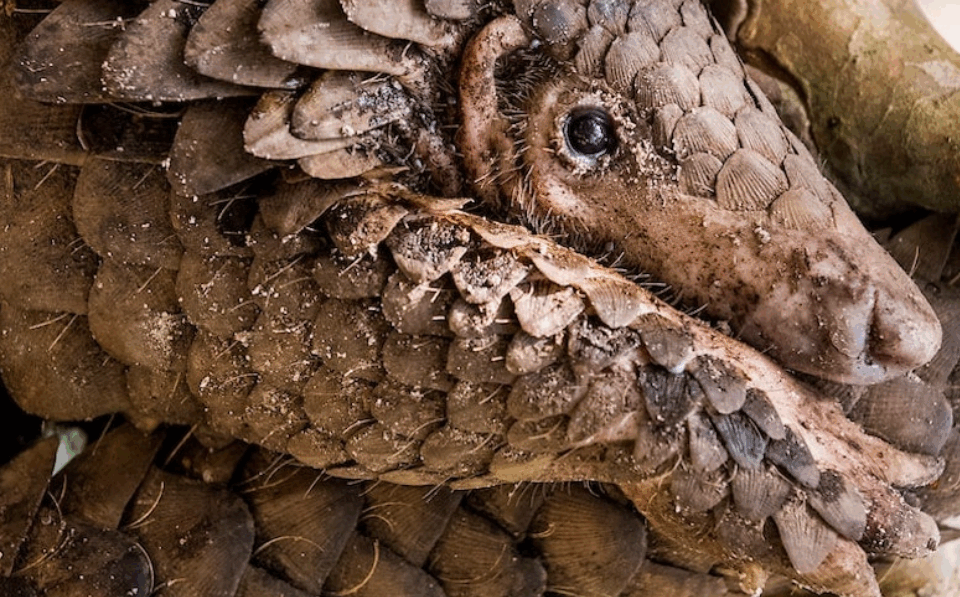TCM standards are an important technical support for the high-quality development of the TCM cause. The Chinese Pharmacopoeia, as the core of the TCM standard system, plays an irreplaceable role in promoting the development of the TCM industry, facilitating TCM innovation, ensuring drug safety and effectiveness, and safeguarding public health [1]. The 2025 Edition of the Chinese Pharmacopoeia is planned to be reviewed and approved by the National Medical Products Administration and the National Health Commission and subsequently promulgated and implemented in the near future. The compilation of the 2025 Edition of the Chinese Pharmacopoeia conscientiously implements the Opinions of the Central Committee of the Communist Party of China and the State Council on Promoting the Inheritance and Innovation Development of Traditional Chinese Medicine (hereinafter referred to as the “Opinions”). Centered around the compilation outline for the 2025 Edition of the Chinese Pharmacopoeia, the compilation adheres to guidance by TCM theory, orientation toward TCM clinical efficacy, and foundation in TCM scientific research. It steadily improves the safety and quality control of TCM, perfects the TCM decoction pieces standard system, further optimizes the formation mechanism of TCM standards, adheres to integrity and innovation, and implements the “strictest standard” principle in “quality” control.
1. Major Updates and Amendments
1.1 Aspects of Safety Control for Chinese Medicine
The 2025 Edition of the Chinese Pharmacopoeia deeply implements the requirements of the “Opinions” for “strictly managing the use of pesticides, fertilizers, and plant growth regulators; formulating pesticide residue and heavy metal limit standards for Chinese medicinal materials by region and by variety; strengthening the control of exogenous harmful substances in Chinese medicines, such as banned pesticides, used pesticides, plant growth regulators, heavy metals, and organic elements; and raising the baseline for quality standards of Chinese medicinal materials.”
1.1.1 Pesticide Residues
Control over banned pesticides will be further strengthened, expanding the number of banned pesticide varieties and improving the overall control level of pesticide residues in Chinese medicine. The requirements for the use of pesticides, plant growth regulators, etc., in the Chinese medicinal materials and decoction pieces recorded in the Pharmacopoeia will be further regulated. It is planned to revise the requirements concerning 33 varieties of banned pesticides and the use of pesticides and plant growth regulators.
1.1.2 Heavy Metals and Harmful Elements
The requirement to formulate heavy metal and harmful element limits for Chinese medicinal materials based on different cultivation environments and the principle of “risk assessment and control” is implemented. The General Chapter on Heavy Metals and Harmful Elements Detection in Medicinal Materials and Decoction Pieces (General Chapter 0212) regulates the detection requirements for heavy metals and harmful elements.
The “Heavy Metals and Harmful Elements” test item has been removed from the monograph text for 13 varieties including Chuanxiong Rhizome (Chuanxiong), Scutellaria Root (Huangqin), etc., which now implement the relevant requirements in General Chapter 0212. Conversely, the “Heavy Metals and Harmful Elements” test item has been newly added to the monograph text for Chuanxiong and Coptis Rhizome (Huanglian) and 5 other varieties. The content of this item for 5 varieties, including Ginseng (Renshen), Cornus Fruit (Shanzhuyu), etc., has not been revised and remains consistent with the 2020 Edition. After adjustment, the 2025 Edition of the Chinese Pharmacopoeia (Part I) includes a total of 7 varieties of botanical Chinese medicinal materials that contain the “Heavy Metals and Harmful Elements” test item.
1.1.3 Plant Growth Regulators
In terms of establishing limit standards for Chinese medicinal material plant growth regulators, the limit standards for Chinese medicinal material plant growth regulators were established for the first time, providing a reference for the formulation of limit indicators for other plant growth regulators.
1.1.4 Mycotoxins/Aflatoxins
The 2025 Edition of the Chinese Pharmacopoeia further strengthened the control of mycotoxins in Chinese medicinal materials and decoction pieces, including adding the inspection of Aflatoxin B2, Ochratoxin A, etc.
1.1.5 Perfecting Inspection Methods for Exogenous Harmful Substances in Chinese Medicine
The 2025 Edition of the Chinese Pharmacopoeia established and perfected the detection methods for exogenous harmful substances, improving the specificity, accuracy, and stability of detection. This included revising General Chapter 2341 (“Determination of Pesticide Residues”) and revising the detection method for “Cadmium, Lead, Arsenic, and Mercury” (General Chapter 2321).
Table 1: Updates and Amendments to Registration Categories and General Chapters Related to Traditional Chinese Medicine Standards
Table 2: Safety Control Items of Chinese Crude Drugs with Plant Origin and Relevant Content (Partial)
2. Features of the 2025 Edition of the Chinese Pharmacopoeia (Volume I)
2.1 Steady Improvement in Chinese Medicine Safety Control
The 2025 Edition of the Chinese Pharmacopoeia further improves the control of exogenous harmful substances. Based on expanding the variety of banned pesticides and limits requirements, the edition has formulated limit standards for pesticides used in medicinal materials for the first time, perfecting the Chinese medicine pesticide residue standard system. It has also formulated detection methods and limits for plant growth regulator residues in botanical Chinese medicines for the first time, providing a reference for the formulation of similar standards in the future.
Regarding the limit standards for heavy metals and harmful elements, limit standards are formulated for medicinal materials and decoction pieces according to different risk levels. For varieties with relatively high compliance, heavy metal and harmful element limits can be included in the general chapters, reducing the burden on enterprises by waiving batch-by-batch inspection when adequate traceability is ensured; for varieties with relatively low compliance, relevant inspection items are included in the monographs, requiring batch-by-batch inspection to ensure medication safety.
The 2025 Edition of the Chinese Pharmacopoeia has also launched dedicated research on endogenous toxic and harmful substances, establishing research guidelines for the use of reference standards to replace the toxic components in Aconite Root and Strychnos seeds.
After multiple revisions, the current level of safety control for Chinese medicine in China is on par with international standards, and some projects have already reached a level that leads international plant medicine standards.
2.2 Chinese Medicine Standards are More Scientific and Rigorous
First, the consistency of standards is further improved. Decoction pieces are important raw materials for clinical compounding and the production of proprietary Chinese medicines, but their quality control items have historically been missing or incomplete compared to medicinal material standards. The 2025 Edition of the Chinese Pharmacopoeia improves the quality of decoction piece standards by adding the five quality control items (characteristics, impurities, moisture, ash, and extractives), while enhancing the coordination between medicinal material and decoction piece standards.
Second, it is problem-oriented, further improving the applicability and practicality of medicines. The 2025 Edition addresses issues such as the disconnect between the actual situation of medicinal materials and decoction pieces, and unreasonable limit settings in some standards. It scientifically adjusts the limits of relevant detection items based on specialized research results and issues found during drug regulatory work, improving the standards for proprietary Chinese medicines.
Third, the specificity is further enhanced. By revising inspection items, microscopic identification, and content determination items for related components, the specificity of Chinese medicine standards is further strengthened.
Fourth, more attention is paid to the holistic quality control of Chinese medicine, using detection techniques like fingerprinting and characteristic mapping, to achieve overall control of the main chemical components.
2.3 The Chinese Medicine Standard Formation Mechanism is Further Improved
The 2025 Edition of the Chinese Pharmacopoeia actively explores and perfects the national standard formation mechanism for Chinese medicine, striving to establish a drug standard working pattern characterized by “government leadership, enterprise primary responsibility, and social participation.”
First, during the pharmacopoeia compilation process, in-depth research is carried out with industry associations, manufacturers, medical institutions, universities, and research institutions to collect opinions from all sectors of society.
Second, the management of national drug standard projects is strengthened, introducing a competition mechanism, and openly and preferentially selecting project undertaking units. The disclosure of project initiation, drafting, and review information is deepened to ensure the openness, fairness, and impartiality of the standard work.
Third, the mechanism for social forces, such as Market Authorization Holders (MAHs) and research institutes, to directly apply for revision of Chinese Pharmacopoeia standards is further strengthened, and the standard formation mechanism is improved. For example, the newly added or revised proprietary Chinese medicines in the 2025 Edition, such as Glechoma Extract Capsules and Cassia Twig, Poria and Moutan Bark Pills, are all results of social forces applying to carry out standard research according to the requirements of the national drug standard revision technology.
2.4 The Chinese Herbal Decoction Pieces Standard System is Further Improved
Chinese herbal decoction pieces are products of Chinese medicinal materials after processing, which can be directly used for clinical application in TCM or for the production of preparations [10]. Whether the processing is standardized directly affects the quality of Chinese medicine and the safety of clinical use.
According to the Drug Administration Law of the People’s Republic of China, Chinese herbal decoction pieces should be processed according to national drug standards; where there are no national drug standards, they should be processed according to the processing specifications formulated by the competent administrative departments of provinces, autonomous regions, or centrally-administered municipalities. The decoction pieces included in the Chinese Pharmacopoeia are generally used widely nationwide; the processing specifications of provinces or autonomous regions or the locally used decoction pieces are a supplement to the national drug standards.
Currently, 30 provincial administrative regions implement decoction piece processing specifications, but the specifications are not uniform across regions, leading to differences in compilation systems, item settings, control levels, revision frequency, and problems like “different names for the same substance,” which may affect the quality of decoction pieces. To establish a sound decoction piece standard system and promote the standardization of production, the Pharmacopoeia Commission, in accordance with relevant regulations, formulated the National Processing Specifications, which, along with the Chinese Pharmacopoeia, are mutually complementary in their scope and implementation [6].
2.5 Adjusting Pharmacopoeia Varieties Guided by Clinical Needs
The adjustments to variety additions and delistings in the 2025 Edition of the Chinese Pharmacopoeia are more focused on clinical needs.
First, regarding variety additions, the selection principles are consistent with the current Pharmacopoeia, focusing on varieties that are clinically commonly used, safe, effective, controllable in quality, and have reasonable dosage forms, continuously expanding the coverage of essential medicines and the medical insurance catalogue, and adjusting the specifications of decoction pieces based on changes in TCM clinical needs.
Second, regarding variety delisting, the 2025 Edition of the Chinese Pharmacopoeia actively explores and perfects the delisting mechanism, for the first time no longer including varieties that have not been used clinically for a long time or do not have an approval number.
3. Conclusion
The 2025 Edition of the Chinese Pharmacopoeia (Part I) is guided by the needs of TCM clinical practice and focuses on enhancing the safety and assurance level of Chinese medicine, improving the overall control level of Chinese medicine standards, perfecting the system of standards for Chinese herbal decoction pieces, and improving the mechanism for standard formation. It plays a vital role in strengthening support services for drug regulation, promoting the development of the TCM cause, ensuring public medication safety, and safeguarding public health.
Since the 1963 edition of the Chinese Pharmacopoeia first separated TCM standards from chemical drug standards, TCM standards have been continuously improved and elevated. From the initial inclusion of content like “pills, powders, plasters, elixirs” to the current establishment of comprehensive quality standards covering aspects such as “source, characteristics, identification, inspection, fingerprinting, characteristic mapping, content determination, processing, nature, flavor, meridians, functions and indications, usage and dosage, precautions, and contraindications,” the Pharmacopoeia continues to shoulder the responsibility of guaranteeing the major quality standard system. The specificity, stability, and accuracy of the standards are constantly improving, moving from traditional experiential identification to the use of modern mature analytical technology. However, due to the complexity of Chinese medicine components and the inability of scientific research to completely elucidate the mechanism of action, Chinese medicine standards are the result of the combined action of the current level of cognitive understanding, scientific and technological testing capabilities, industrial development needs, and public medication needs. With the deepening of scientific technology related to TCM, the standards of the Chinese Pharmacopoeia must also be continuously improved and perfected, establishing that the “most rigorous standard” is always on the way.





